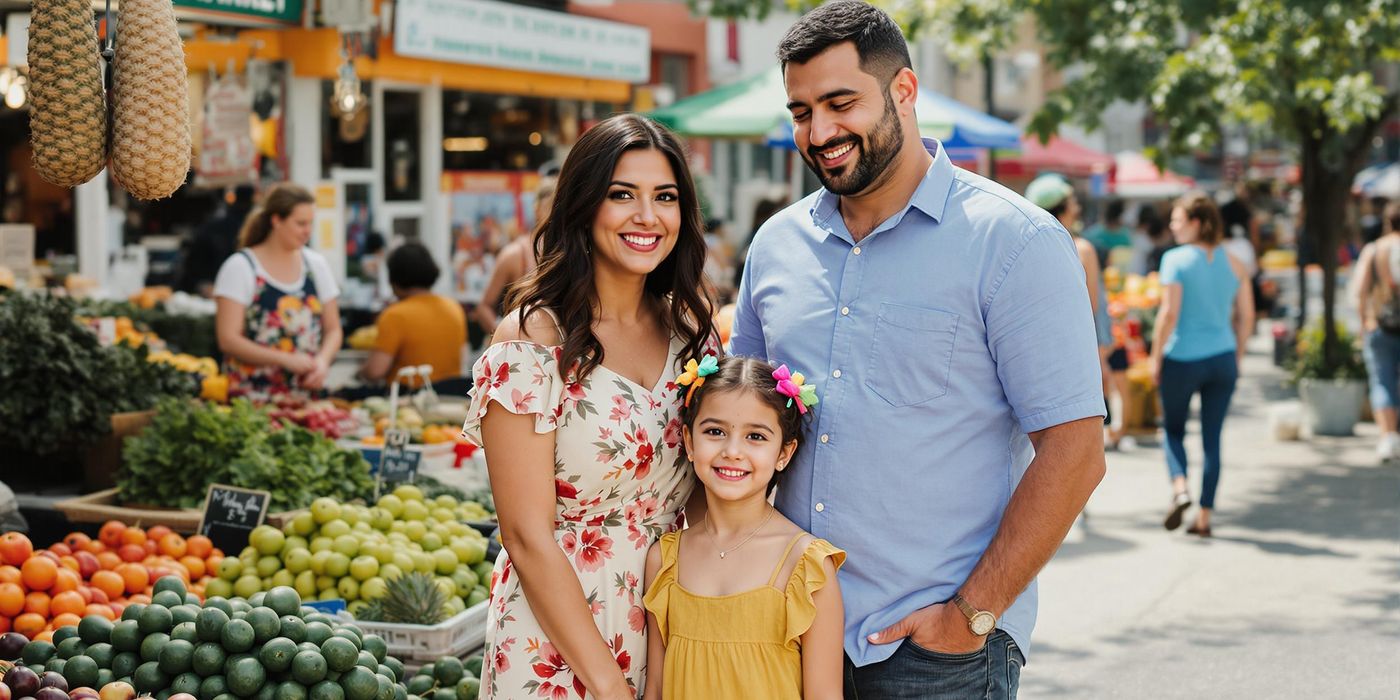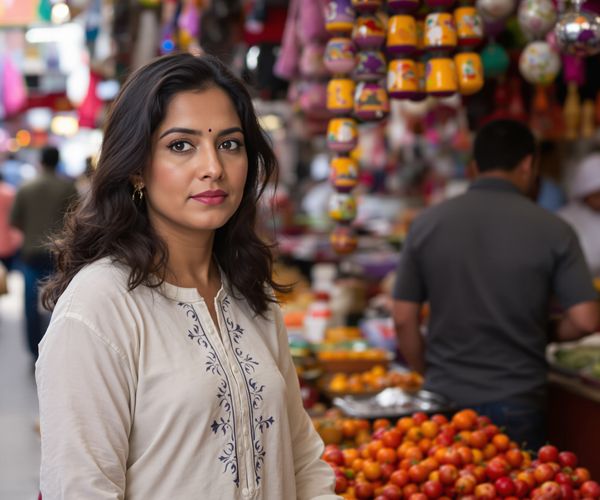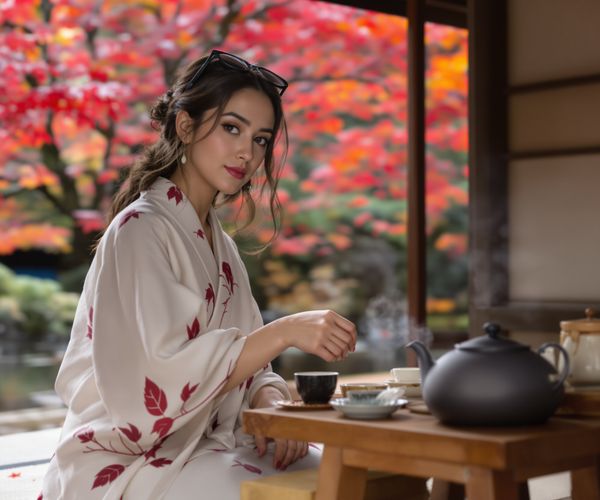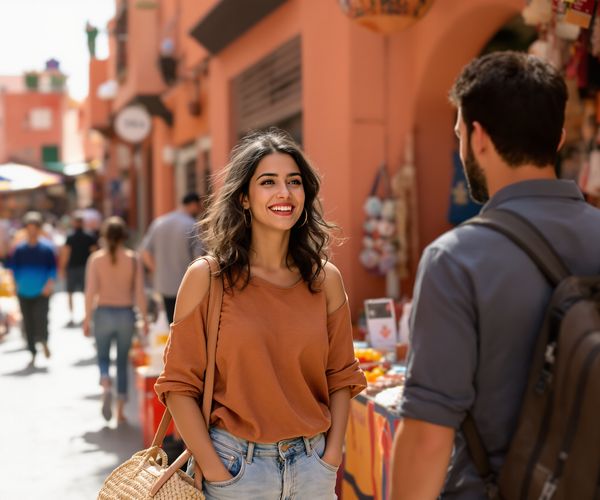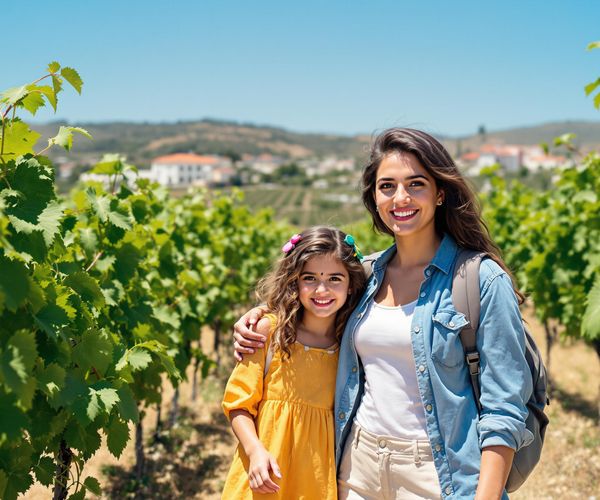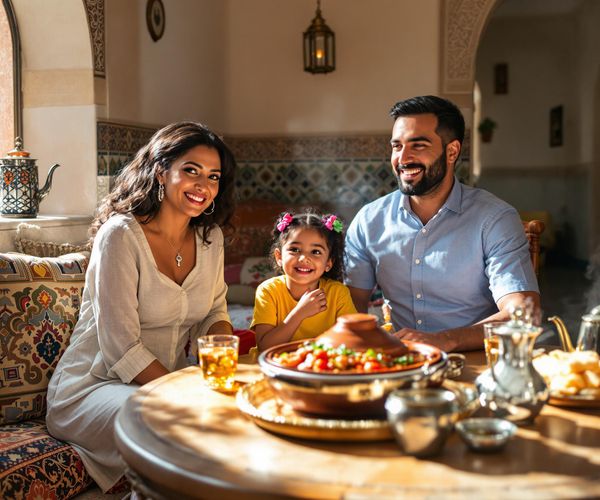As a Lebanese expat living in Toronto, I've always found that photography is more than just taking pictures; it's about connecting with cultures, preserving memories, and telling stories. Over the years, I've learned a few tricks that have helped me capture the essence of different cultures through my lens. Whether you're exploring a bustling market or attending a traditional festival, these tips will help you elevate your travel photography and deepen your appreciation for the world around you.
Embracing Cultural Sensitivity
Before you even pick up your camera, it's crucial to do your homework. Research the cultural norms and traditions of the place you're visiting. Understanding local customs will not only help you avoid unintentional offense but also enrich your photography. For instance, in some cultures, photographing people without permission is considered disrespectful. Always seek permission before taking someone's picture, and be mindful of sensitive sites where photography may be prohibited. Remember, ethical considerations are paramount; avoid stereotypes and misrepresentations, and strive to portray the culture authentically.
Composition Techniques for Cultural Storytelling
Composition is key to creating visually appealing and engaging photographs. One of my favorite techniques is the rule of thirds. Imagine dividing your frame into nine equal parts with two horizontal and two vertical lines. Place your subject at the intersection of these lines or along one of the lines to create a balanced and dynamic composition. Leading lines are another powerful tool. Use roads, rivers, or architectural elements to draw the viewer's eye into the scene. Framing your subjects with architectural elements or natural surroundings can also add depth and context to your photos. But most importantly, capture candid moments and everyday life. These authentic glimpses into a culture often tell the most compelling stories.
Mastering Light and Color in Diverse Settings
Light and color can dramatically impact the mood and feel of your photographs. Whenever possible, utilize natural light during the golden hours – the period shortly after sunrise and before sunset. The warm, soft light during these times can create flattering tones and enhance the beauty of your subjects. Dealing with harsh midday sun can be challenging, but seeking shade or using diffusers can help soften the light. When photographing indoor cultural events, be prepared for varying lighting conditions. Adjust your camera settings accordingly to capture well-exposed images. And don't forget about color! Use color to highlight contrasts or harmonies that contribute to the narrative. The vibrant colors of a spice market or the muted tones of an ancient temple can add depth and emotion to your photos.
Gear Recommendations for Travel Photography
Choosing the right gear can make a significant difference in your travel photography. I recommend versatile zoom lenses, such as a 24-70mm or 24-105mm, for capturing a range of subjects. These lenses offer flexibility and convenience, allowing you to zoom in on details or capture wide-angle shots. For low-light situations and shallow depth of field, fast prime lenses, like a 50mm f/1.8, are excellent choices. Consider investing in a mirrorless or DSLR camera with good low-light performance. These cameras excel in challenging lighting conditions and produce high-quality images. Optional accessories like tripods, polarizing filters, and external flashes can also enhance your photography, but remember to pack light and only bring what you truly need.
Telling a Story Through Details
Sometimes, the most compelling stories are told through the smallest details. Capture close-up shots of traditional crafts, clothing patterns, and local cuisine. These details can provide insight into the culture and traditions of a place. Photograph interactions between people to show relationships and community. Use wide-angle lenses to capture the full breadth of cultural events and landscapes. And most importantly, focus on details that evoke the senses: color, taste, movement, and texture. These sensory details will transport your viewers to the heart of the cultural experience.
Enhance your travel photography with Fatima El Khoury's tips on capturing cultural experiences. Learn about composition, lighting, and ethical considerations to deepen your appreciation of different cultures.


